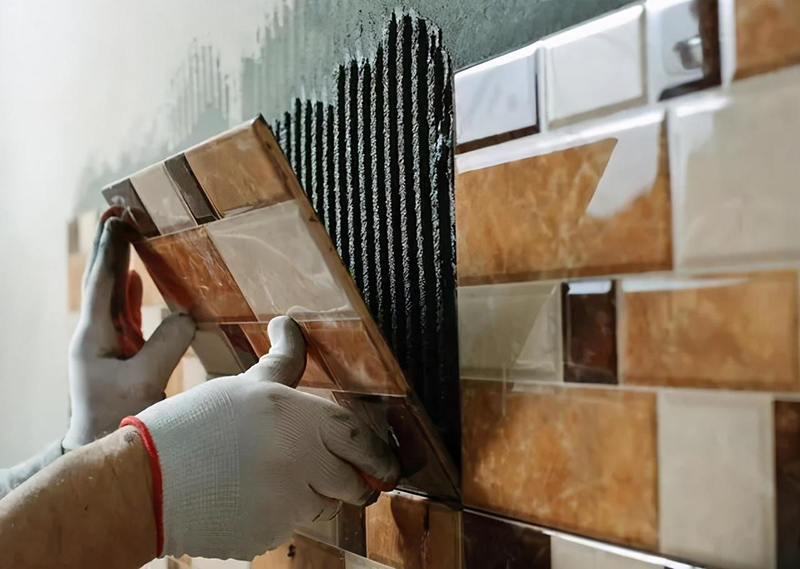Dalian Institute of Chemical Physics, Chinese Academy Sciences
image: The atomically dispersed Ru is achieved in the hexagonal crystal channels of vanadium-doped tungsten bronze support via the precise coordination with channel ammonia, which exhibited highly efficient performance for hydrogen evolution reaction with remarkable mass activity in wide pH range. view more Thickening Agent Hpmc

Credit: Chinese Journal of Catalysis
The utilization of hydrogen produced through electrochemical water splitting is widely regarded as an optimal pathway towards achieving the imminent objective of carbon neutrality. Therefore, the development of materials for hydrogen evolution reaction (HER) under the wide range of pH conditions has become highly desirable in the field of electrocatalysis over the past decade. Due to their exceptional intrinsic activity, Pt-group metals (PGM) have been recognized for their immense potential and subsequently utilized in the fabrication of commercial HER.
The synthesis of atomically dispersed PGM electrocatalysts has been acknowledged as a prominent strategy for significantly enhancing the utilization of PGM, based on the premise of preserving exceptional intrinsic activity. The highly dispersed PGM atoms generally need a support characterized by an electron-rich coordination environment, which is typically provided by metallic compounds with abundant vacancies or heteroatom-doped carbon. However, the formation of vacancies and the doping in materials are always random at atomic scale, which consequently give rise to the bad controlling on the distribution of PGM atoms. Thus, despite the fact that coordination configurations can be characterized by X-ray absorption measurements, effectively manipulating the spatial distribution of PGM atoms remains a crucial and formidable challenge in the development of atomically dispersed PGM electrocatalysts.
Recently, a research team led by Prof. Weilin Xu from Changchun Institute of Applied Chemistry, Chinese Academy Sciences, and University of Science and Technology of China, reported atomic Ru with a regulated spatial distribution and electronic structure owing to its unique coordination with the ammonia species in the hexagonal channels of vanadium-doped tungsten bronze (V-NHWO). The unique integration of atomic Ru can not only promote the tight interaction between Ru atoms and V-NHWO, but also enhance the Ru utilization. When applied as the electrocatalyst for HER, it exhibits remarkable HER performance with multiply increasing mass activity to the Pt/C in a wide pH range. Theoretical calculations revealed that the multi-channel vertically integrated atomic Ru sites in V-doped channels, as well as the coexisted Ru sites without the multi-channel or V doped effect, behave the improved free energy of water dissociation and hydrogen sorption, which ultimately promoting the HER activity. The results were published in Chinese Journal of Catalysis (https://doi.org/10.1016/S1872-2067(23)64489-4).
Chinese Journal of Catalysis is co-sponsored by Dalian Institute of Chemical Physics, Chinese Academy of Sciences and Chinese Chemical Society, and it is currently published by Elsevier group. This monthly journal publishes in English timely contributions of original and rigorously reviewed manuscripts covering all areas of catalysis. The journal publishes Reviews, Accounts, Communications, Articles, Highlights, Perspectives, and Viewpoints of highly scientific values that help understanding and defining of new concepts in both fundamental issues and practical applications of catalysis. Chinese Journal of Catalysis ranks at the top one journal in Applied Chemistry with a current SCI impact factor of 16.5. The Editors-in-Chief are Profs. Can Li and Tao Zhang.
At Elsevier http://www.journals.elsevier.com/chinese-journal-of-catalysis
Manuscript submission https://mc03.manuscriptcentral.com/cjcatal
Disclaimer: AAAS and EurekAlert! are not responsible for the accuracy of news releases posted to EurekAlert! by contributing institutions or for the use of any information through the EurekAlert system.
Fan He Dalian Institute of Chemical Physics, Chinese Academy Sciences hef197@dicp.ac.cn Office: 86-411-843-79240
Dalian Institute of Chemical Physics, Chinese Academy Sciences
Copyright © 2023 by the American Association for the Advancement of Science (AAAS)

Flexible Polymer Powder Copyright © 2023 by the American Association for the Advancement of Science (AAAS)